Featured Photo Above:
Addie Joos Benefit Game, July 24, 1911
(Color Restoration by Chris Whitehouse of They Played in Color website)
Baseball History Comes Alive Now Ranked As a Top Five Website by Feedspot Among All Baseball History Websites and Blogs!
(Check out Feedspot's list of the Top 35 Baseball History websites and blogs)

Guest Submissions from Our Readers Always Welcome! Click for details
Subscribe to Baseball History Comes Alive for automatic updates (sign-up block found in right side-bar)
As a Free Bonus for subscribing, you’ll get instant access to my two Special Reports: Memorable World Series Moments and Gary’s Handy Dandy World Series Reference Guide!
1920 Baseball Season and World Series Photo Gallery
Click on any image below to see photos in full size and to start Photo Gallery:
We welcome back Mark Kolier with his second essay. Today he shares with us some interesting information about the 1920 baseball season, which marked the end of the Dead Ball Era. -GL
Reflections on the 1920 Baseball Season
People no longer need to try to imagine playing baseball during a worldwide pandemic since here we are in 2021 and that’s exactly what happened last year. In the first week of the new season, a three-game series was postponed due to Covid-19 protocols.
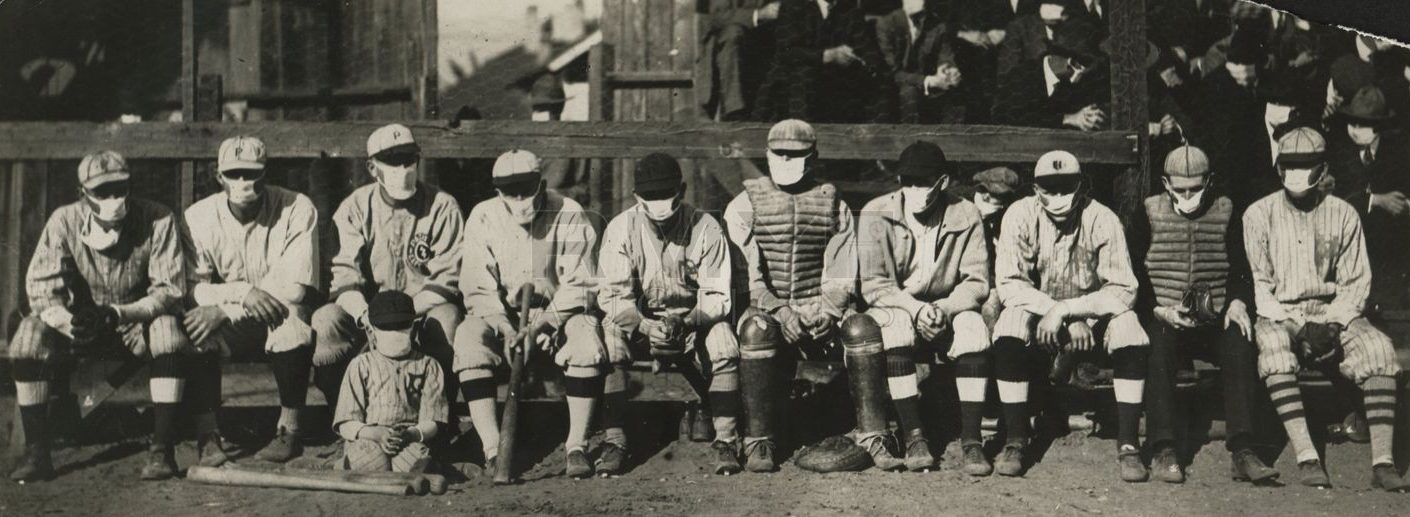
Yet playing major league baseball during a pandemic has happened before. More than 100 years ago on the heels of the Spanish Flu pandemic of 1918-1919, baseball was impacted in ways that would not be unfamiliar to people today. Games were postponed and beginning in 1918 there were fans wearing facemasks. Both the 1918 and 1919 regular seasons were shortened to under 140 games from the usual 154.
This of course was followed by the famous (or more accurately “infamous”), World Series between the Chicago White (now Black) Sox and Cincinnati Reds. Also, important to remember is that in 1918 the “Great War” in Europe was coming to a close, and players who served in the war finally could rejoin their teams. If you’re interested, Time Magazine did a good job on the 1918 World Series and how the pandemic and WWI impacted that season.
The 1920 baseball season followed the Reds’ upset of the heavily-favored White Sox in the 1919 World Series. Although there was behind-the-scenes talk that some funny business went on during the Series, it was not a topic of regular conversation during the 1920 season. It was not until July that players and team officials were brought to trial for the alleged fixing of the 1919 World Series. So, the 1920 season was played without the impending “scandal” being a part of it.
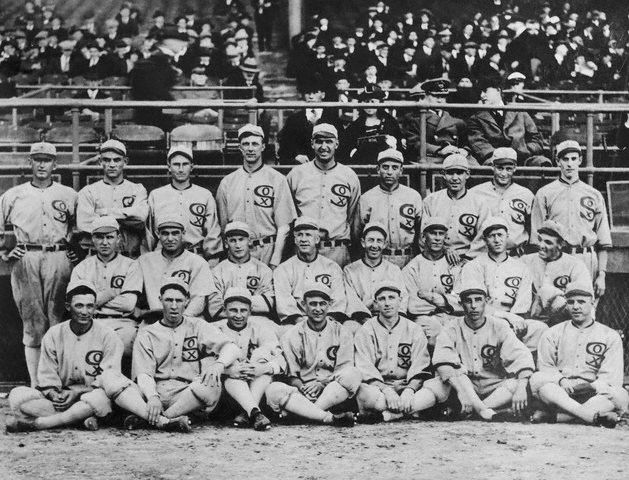
1920 brought some needed changes to the game 19 years after the founding of the American League. Among the most significant was the limitation put on pitchers regarding the “soiling” of the ball. With this change, the spitball era (along with any other substance a pitcher could put on the ball) was over, and with it the Dead Ball Era as well. This gave team offense a huge shot in the arm. In 1919, the great Babe Ruth hit a major league-leading 29 home runs, which were more than any player in a half-century of baseball. In 1920 the Bambino exploded for 54 round-trippers and the baseball world was never the same again.
On the American League side, the White Sox again had a strong team in 1920, as did the Yankees who would be in the Series the next two years before winning their first championship in 1923. The Cleveland Indians, led by player-manager Tris Speaker, also fielded a strong team and battled the White Sox and Yankees before finally winning their first pennant. Speaker had come to the Indians from the Red Sox where he was a local hero. He was still a bit bitter about being traded. He had been on two World Series winners (’12 and ’15) prior to the trade in 1916. The Indians would have to wait another 28 years before returning to the Fall Classic.
On the National League side the Brooklyn Robins (we know them as the Dodgers), led by their beloved manager Wilbert Robinson, won 16 of their final 18 games to pull away from the New York Giants and Cincinnati Reds to earn a trip to their second World Series. It would be 21 years before Brooklyn made a return appearance. Manager Robinson was so popular that the team was nicknamed the “Robins” (1914-1931) before reverting to the Dodgers. Today that seems a bit difficult to believe! Dodgers stars in 1920 included future Hall-of-Famers Zack Wheat and pitcher Burleigh Grimes.
During the 1920 season, the baseball world experienced a tragedy. On August 16, in a game against the Yankees, the Indians’ star shortstop, Ray Chapman, was struck in the head by a pitch thrown by Carl Mays and he collapsed in the batter’s box. He was rushed to the hospital but passed away the next day. It’s the only time a major leaguer has died from an on-field injury. Manager Tris Speaker was very close to “Chappie” and took his death extremely hard. Author Mike Sowell has a terrific book about the incident: The Pitch that Killed.
Somehow, the Indians held it together and in September they brought up a raw 22-year-old rookie named Joe Sewell to play short. Sewell caught fire in September and was a big part of keeping alive the Indians’ pennant drive. Ironically Sewell went on to have a Hall-of-Fame career. His 167.7 at-bats per strikeout in 1932 remains the all-time single-season record. Sewell also holds records for the lowest strikeout rate in major league history – striking out only once every 73 plate appearances – and the most consecutive games without a strikeout, at 115.
The 1920 World Series was best-of-nine, as were the Series in 1903,1919, and 1921. The Indians won 5-games-to-2, outscoring the Robins 22-8. The Dead Ball Era might have ended but, like most World Series, runs were hard to come by. Remarkably in Game Five of the Series, Cleveland second baseman Bill Wambsganss (one of the hardest names to spell in sports) completed the first and only unassisted triple play in World Series history!
In the inning, the Robins got consecutive singles from Pete Kilduff and Otto Miller. Pitcher Clarence Mitchell stepped up to the plate and hit a liner to second baseman Wambsganss who moved to his right, leaped, and snared the liner. The runners were moving, and after Wambganss stepped on second, he turned and tagged a shocked Miller barreling toward him. It was an unassisted triple play!
The Robins’ catcher was not the only one caught off guard. The whole park fell silent, trying to figure out what had just unfolded. Then cheers erupted through the autumn air. Almost a century later it remains the only unassisted triple play in World Series history. It highlighted an 8-1 win, giving Cleveland a 3-2 series lead that propelled them to two consecutive shutouts on their way to closing out the Dodgers…er, Robins.
It almost seemed that after Ray Chapman’s tragic death, the Indians were fated to not only reach the World Series but to win it. The popularity of major league baseball was now set to take off to new heights for the rest of the decade and beyond. The 1920 baseball season was truly one for the ages!
Mark Kolier
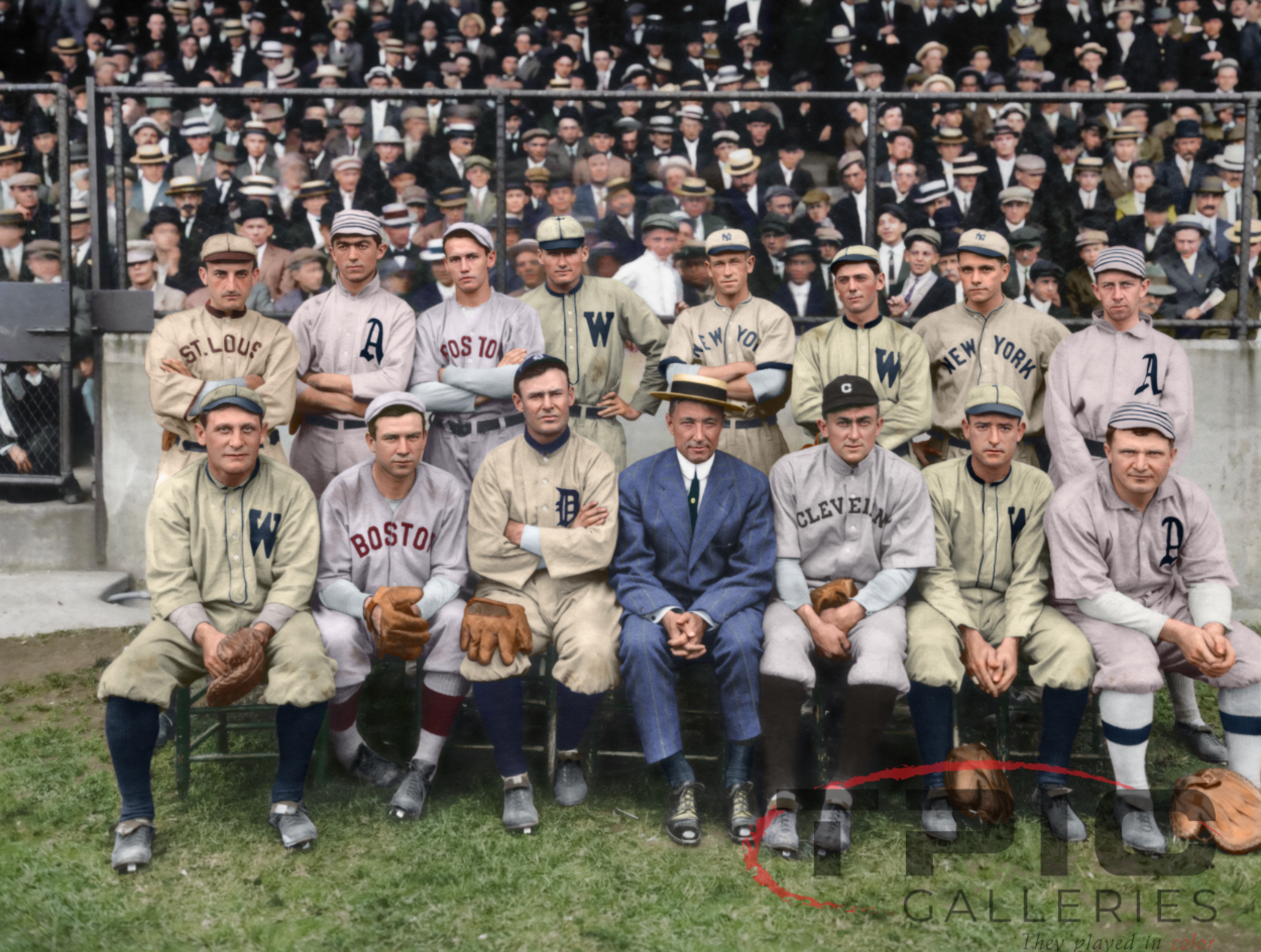
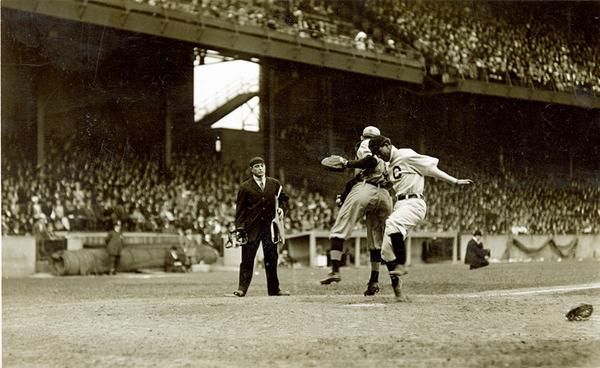
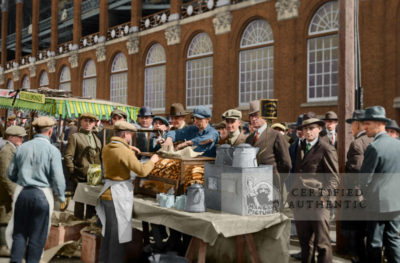
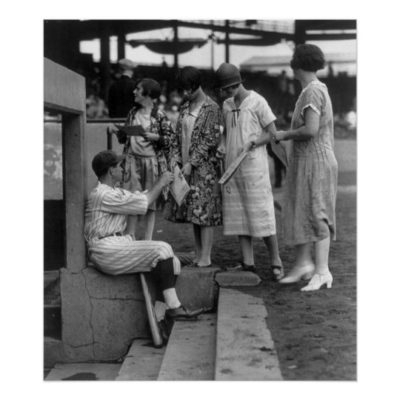
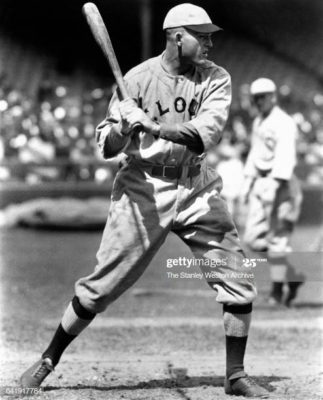
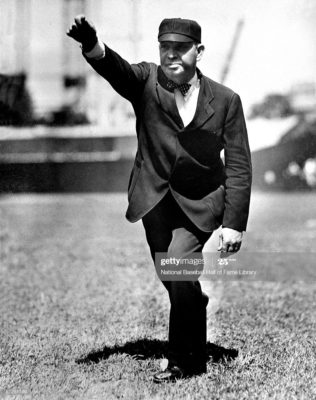
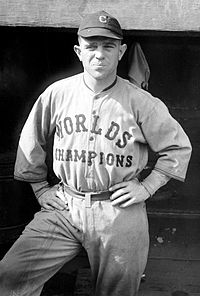
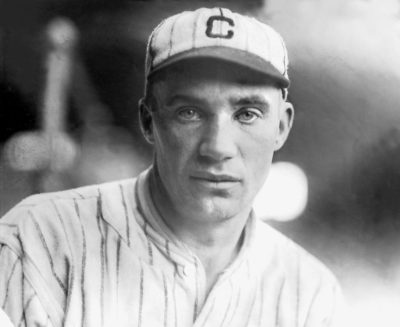
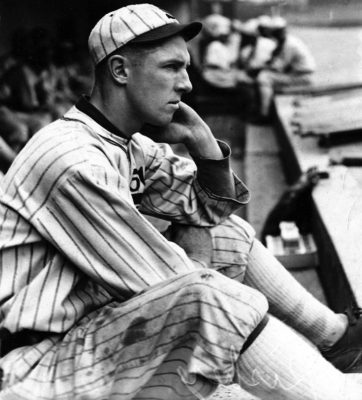
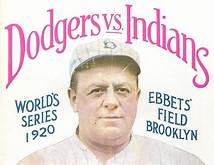
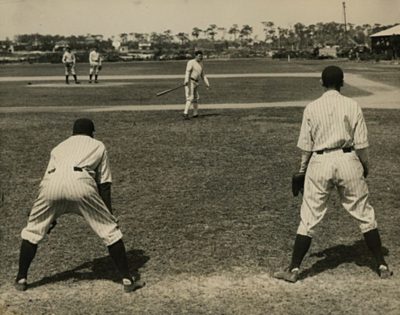
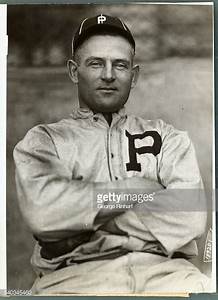
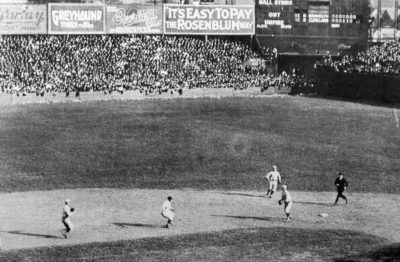
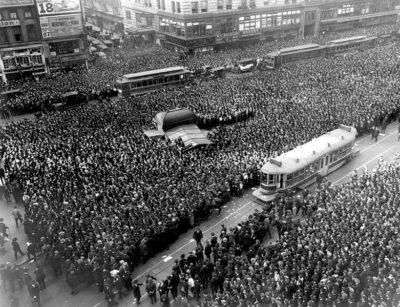
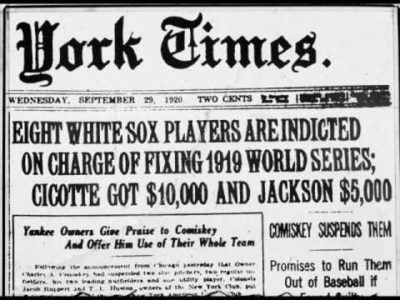
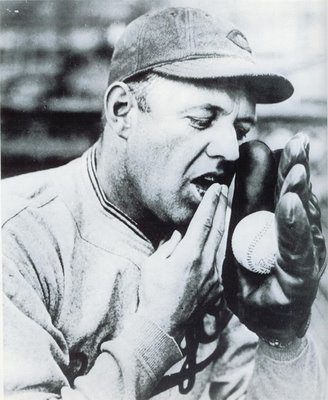
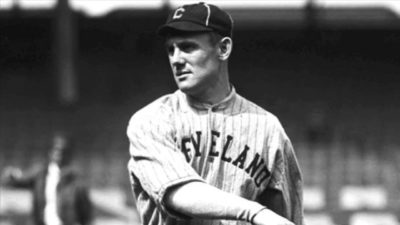
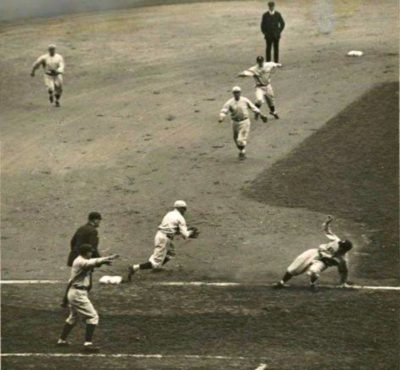
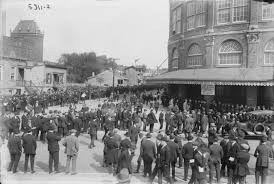
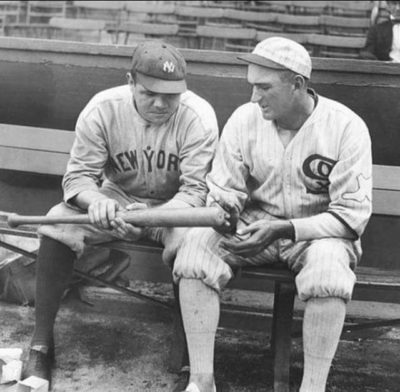
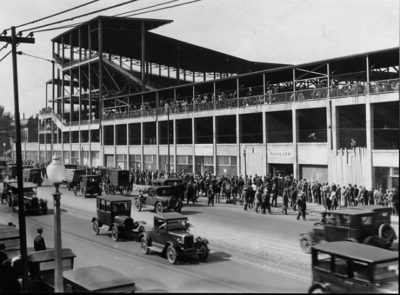
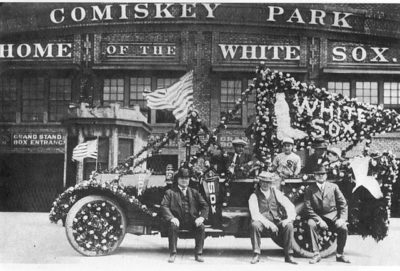
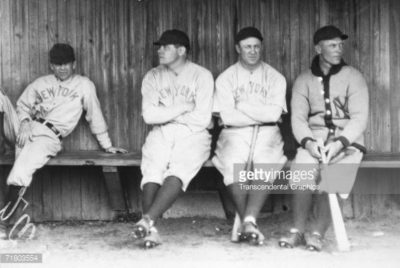
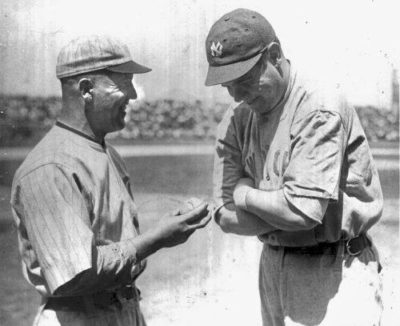
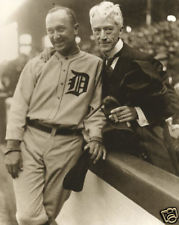
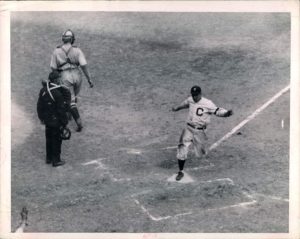
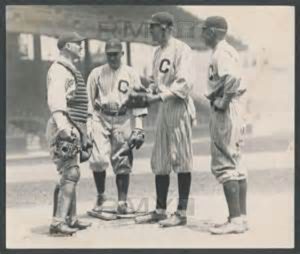
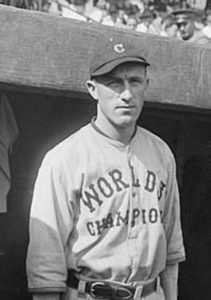
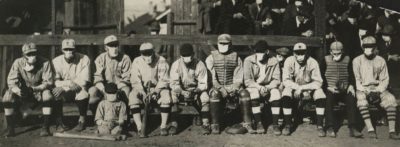
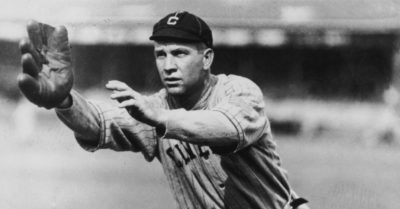
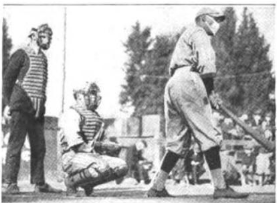

In the same game as “Wamby”‘s triple play, Jim Bagby Jr. became the first pitcher to hit a World Series home run and Elmer Smith hit the first World Series home run.
Also, Dodger pitcher Mitchell, after hitting into the trip, hit into a double play his next time up accounting for five outs in two ABs.
I wonder if a batter creating 5 outs in consecutive at-bats is a record all by itself?
Fun stuff about a real season of transition. Burleigh Grimes, of course, became the last of the legal spitballers as he and several others, who relied on the pitcher, were “grandfathered” in and allowed to throw the now illegal pitch for the remainder of their careers. And as you said, with the exception of the Babe, runs were still hard to come by, a holdover from the Dead Ball Era. Chapman’s tragic death also made it a season to remember and one that fans of the game’s history should remember. This was a great reminder.
Thanks Bill,
There’s a great deal that wasn’t mentioned and I did not even mention that Prohibition was implemented in January of 1920 but that also had to have had an effect. One of them might have been an increase in flasks in the coat pockets of fans!
Totally understand, Mark. The word count that we have to follow is understandable, but it’s sometimes difficult to include everything that you feel should be included. I feel it every time I write about one of the old, classic ballpark. So much history; so little space. But if we give readers the flavor, as you did here, then it works and is appreciated.